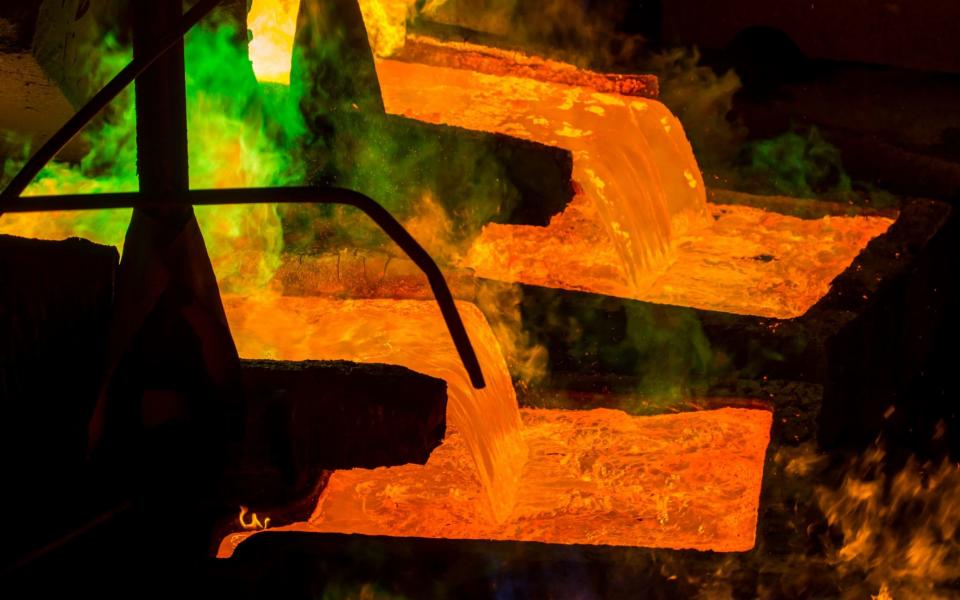Copper demand to surge thanks to China’s global ambitions, BHP says

Demand for copper will surge over the next five years thanks to China’s huge global lending programme, according to the world’s biggest miner.
BHP Billiton has estimated that China’s "belt and road initiative" will generate spending of around $1.3 trillion (£1 trillion) on infrastructure projects by 2023, driving an additional 1.6m tonnes of copper demand. This is equivalent to adding another 7pc to global demand.
President Xi Jinping launched the the belt and road initiative in 2013 to further China’s global influence by lending money to developing nations to help them build power lines, roads, rails and pipelines. The scheme has expanded far beyond its original vision of a new “silk road” across Central Asia and now incorporates 115 countries including nations in South America and South East Asia.
FTSE 100 miner BHP has identified copper, alongside oil, as one of its priority areas. The red metal is prized for its conductive properties.

Vicky Binns, head of commodities research at BHP, said the vast majority of the copper used in the belt and road initiative would go into power projects. The electrification of new areas under the scheme could in turn generate more demand for copper in construction and consumer devices as countries develop and their middle classes grow.
“That 7pc number may actually be a lowball figure,” she told The Telegraph. “Once you build all the power infrastructure suddenly there is more manufacturing and building that will follow on from that.”
BHP’s data suggest that belt-and-road countries use just 1.35kg of copper per capita, as opposed to the global average of 4kg. This suggests there is scope for demand in these areas to rise sharply.
“These regions have really low copper demand,” said Ms Binns. “There a lot of areas where you could see a considerable increase.”

BHP is considering options to expand its large copper mines in Chile and Australia as it looks to counter the falling quality, or grades, at its operations.
The Anglo-Australian company also stands to gain from China’s ambitious scheme as most countries in the belt and road initiative lack the ability to mine or refine copper, meaning that an increase in global copper trade is likely.
However, BHP also sounded a note of caution, observing that there are “concerns about the ability of recipient regions to meet repayment obligations”.
Last week it was reported that Pakistan had put on hold the $8.2bn revamp of a colonial-era railway line over fears the financing terms agreed with China would result in it taking on too much debt. Earlier this year Malaysia cancelled plans for a $20bn Chinese-funded rail link. Pressure on emerging market currencies due to the strong dollar could also pose a risk to the belt and road initiative's grand plans, BHP’s analysis found.
“Our general view is that foreign investment is a complex and risky business,” Ms Binns wrote in her latest analysis. “Chinese companies and financiers are relatively new to the game, and they are operating in many jurisdictions where complexity and risk are higher than average. Difficulties are to be expected.”

 Yahoo Finance
Yahoo Finance